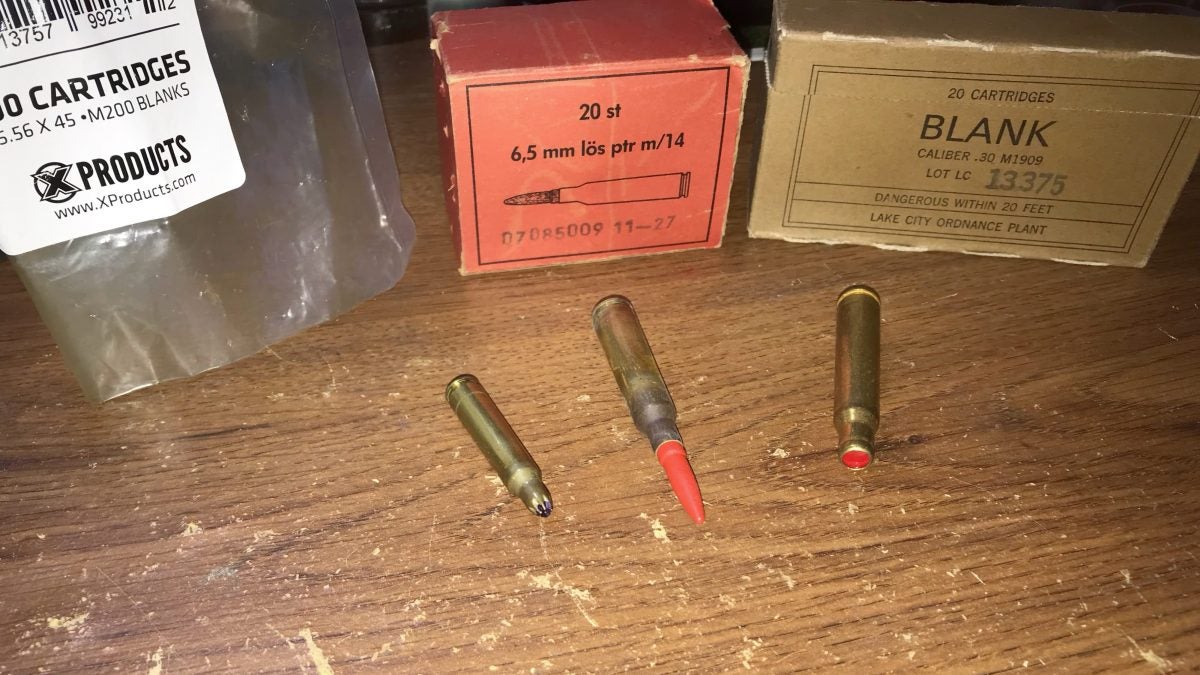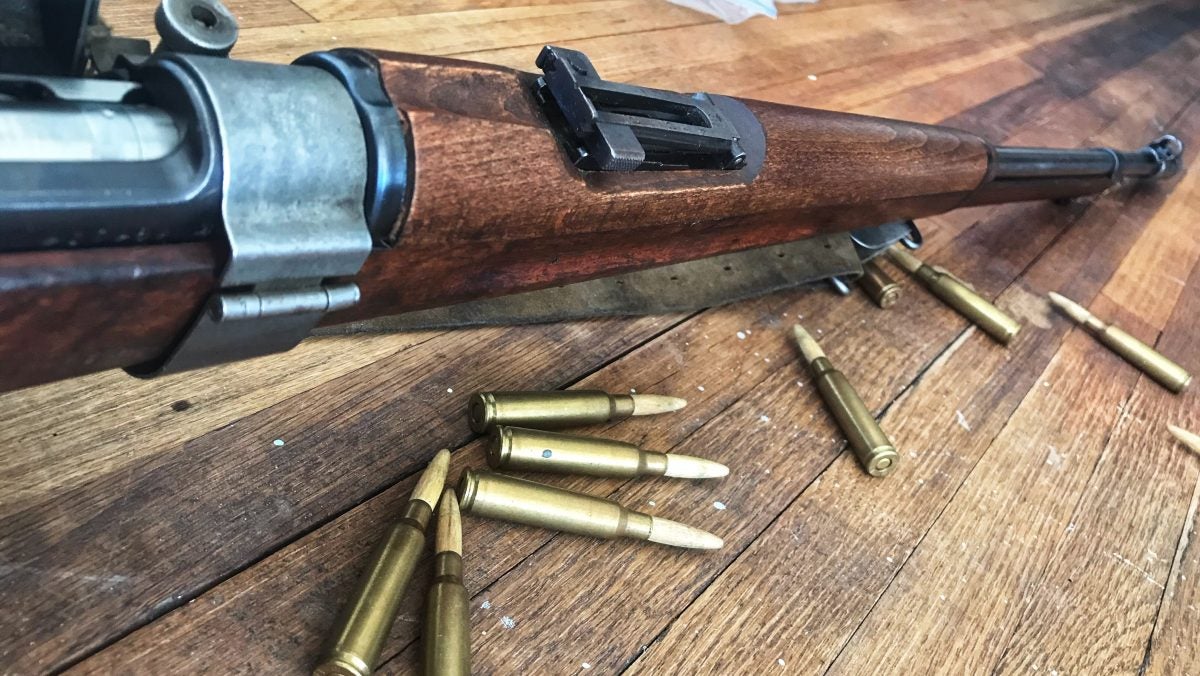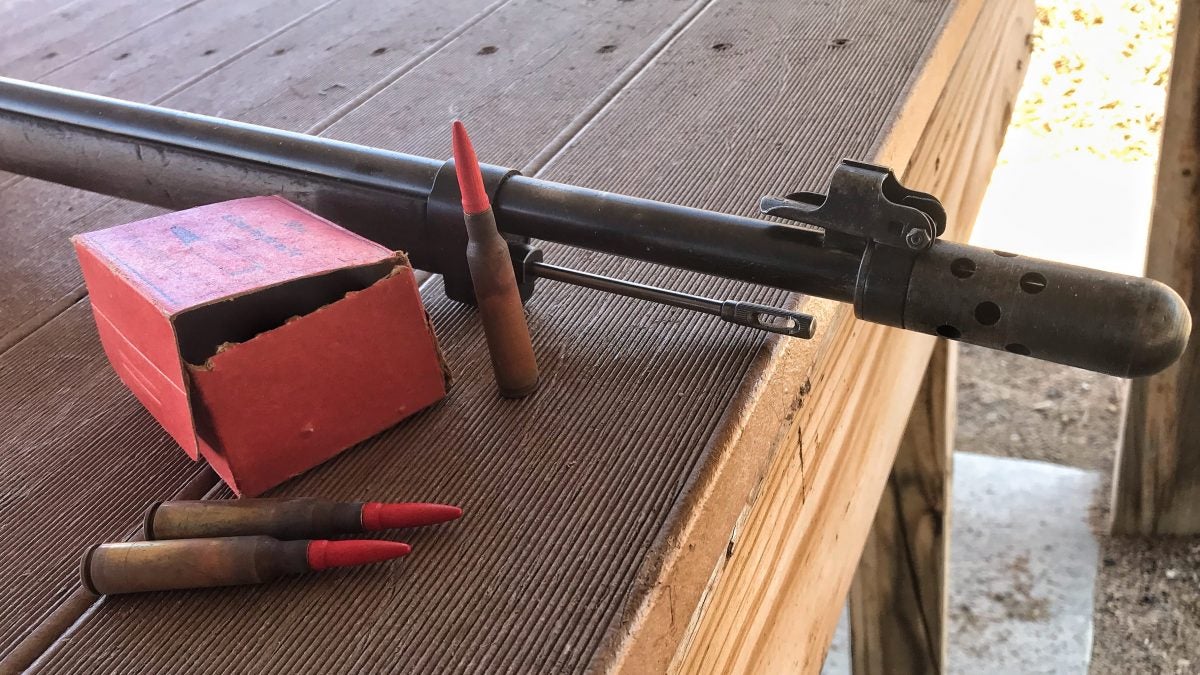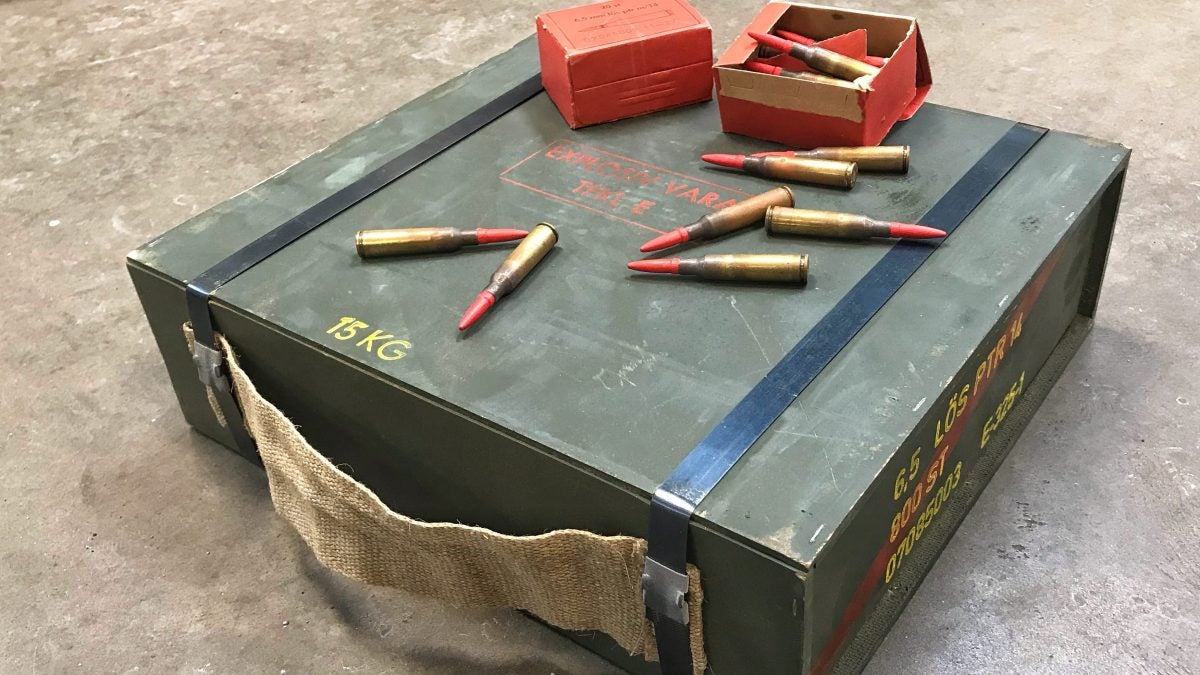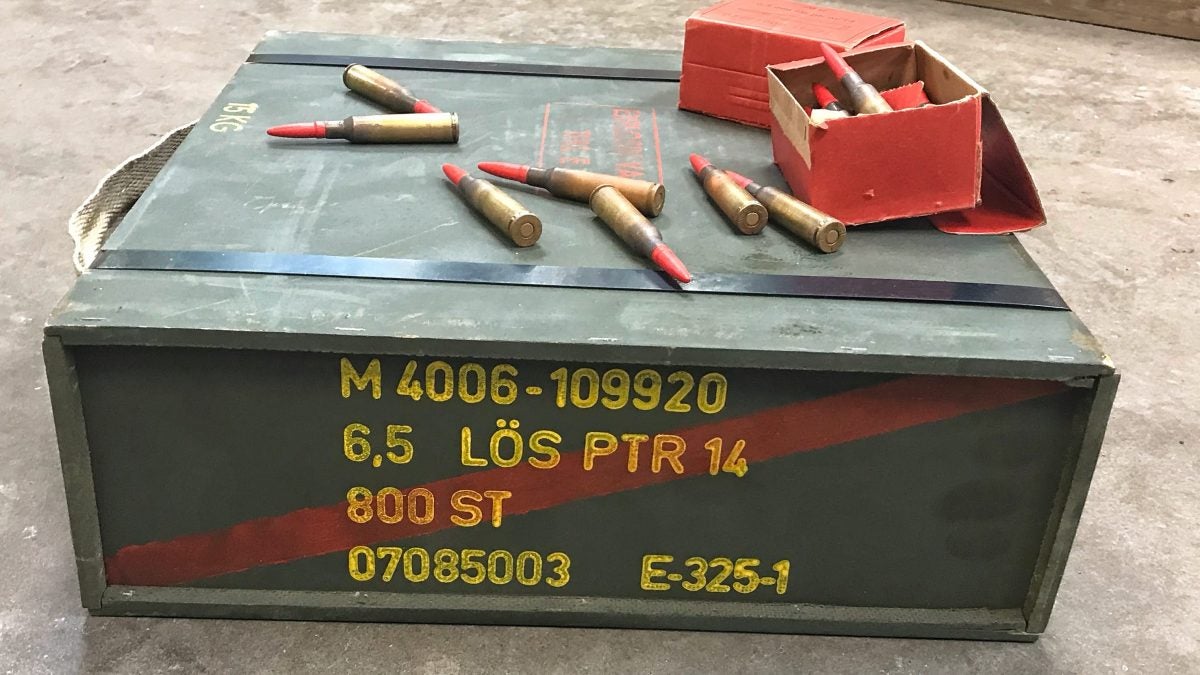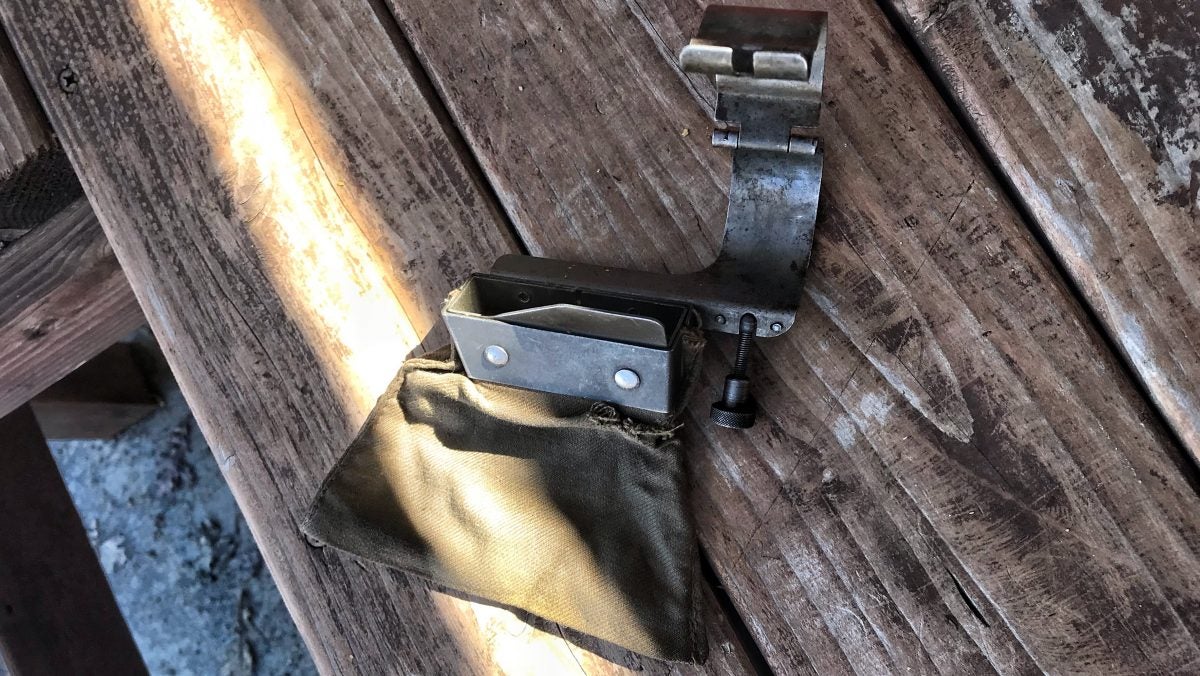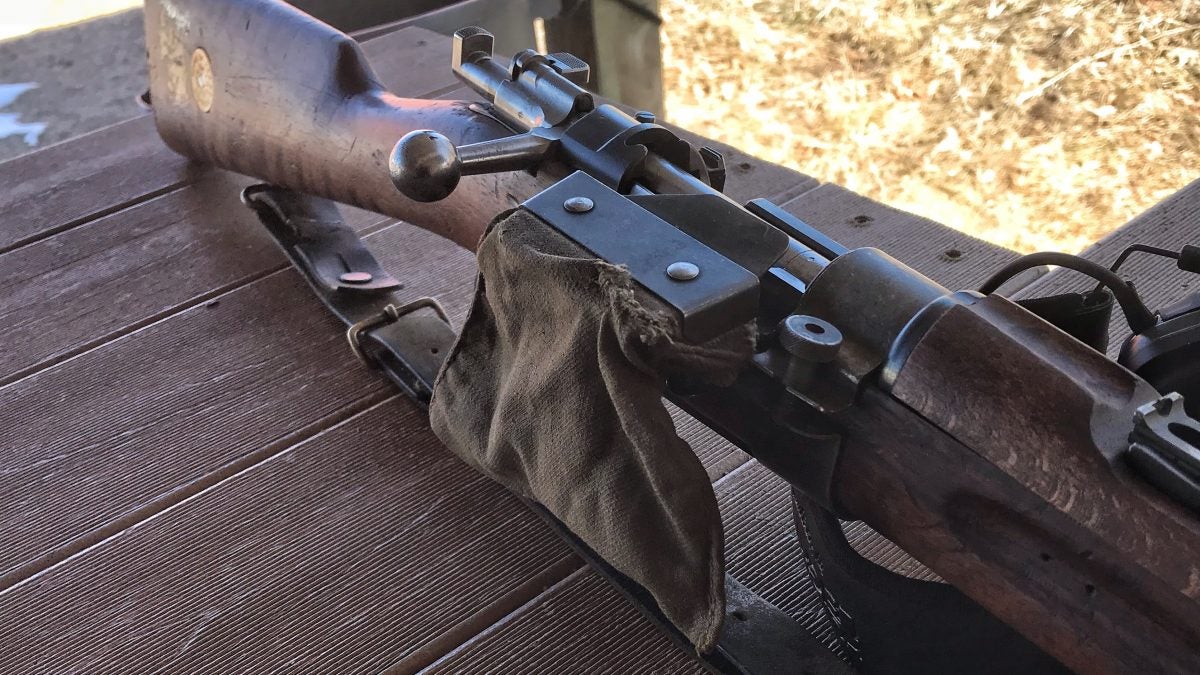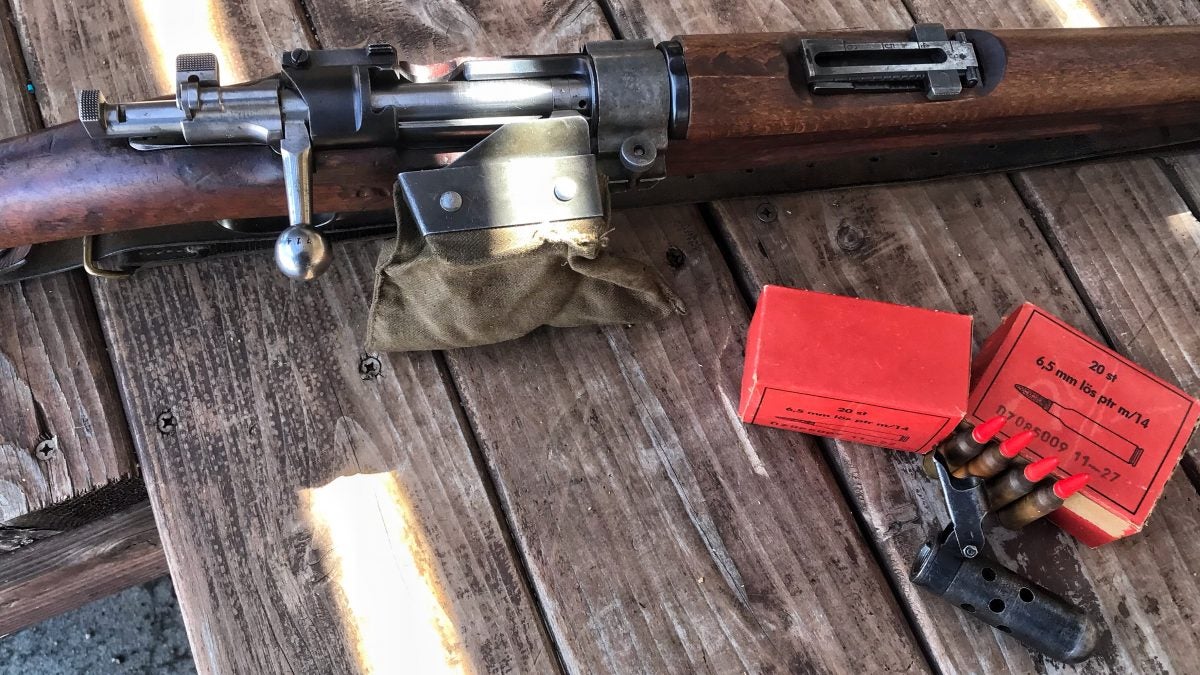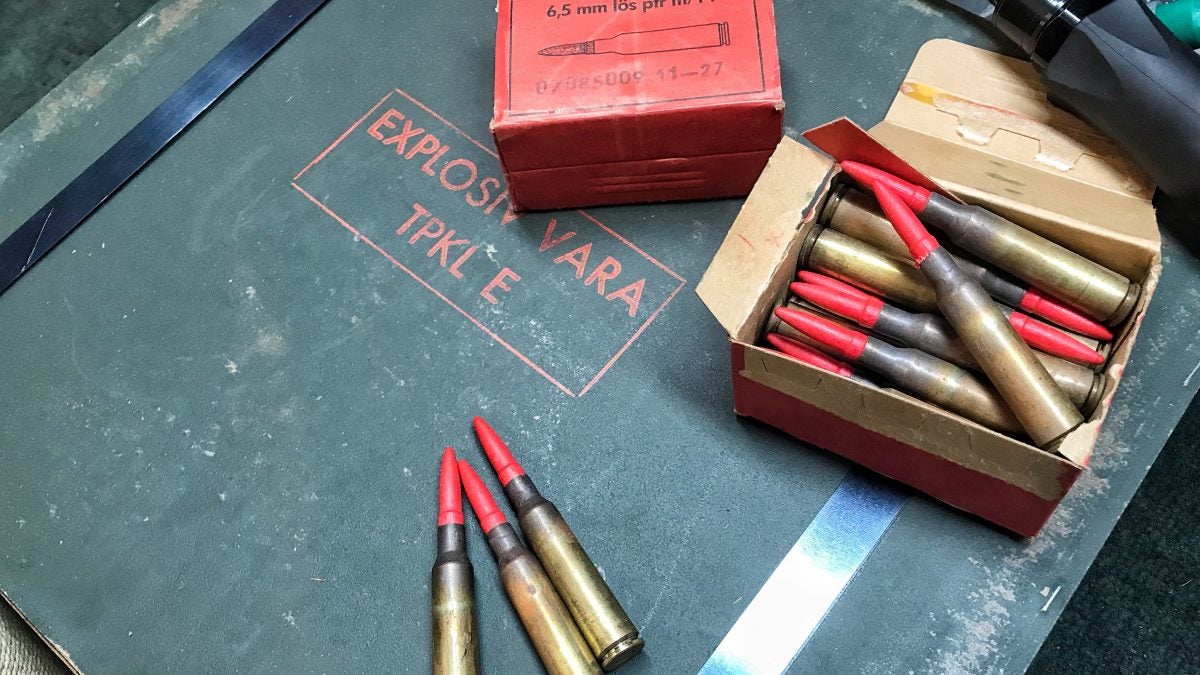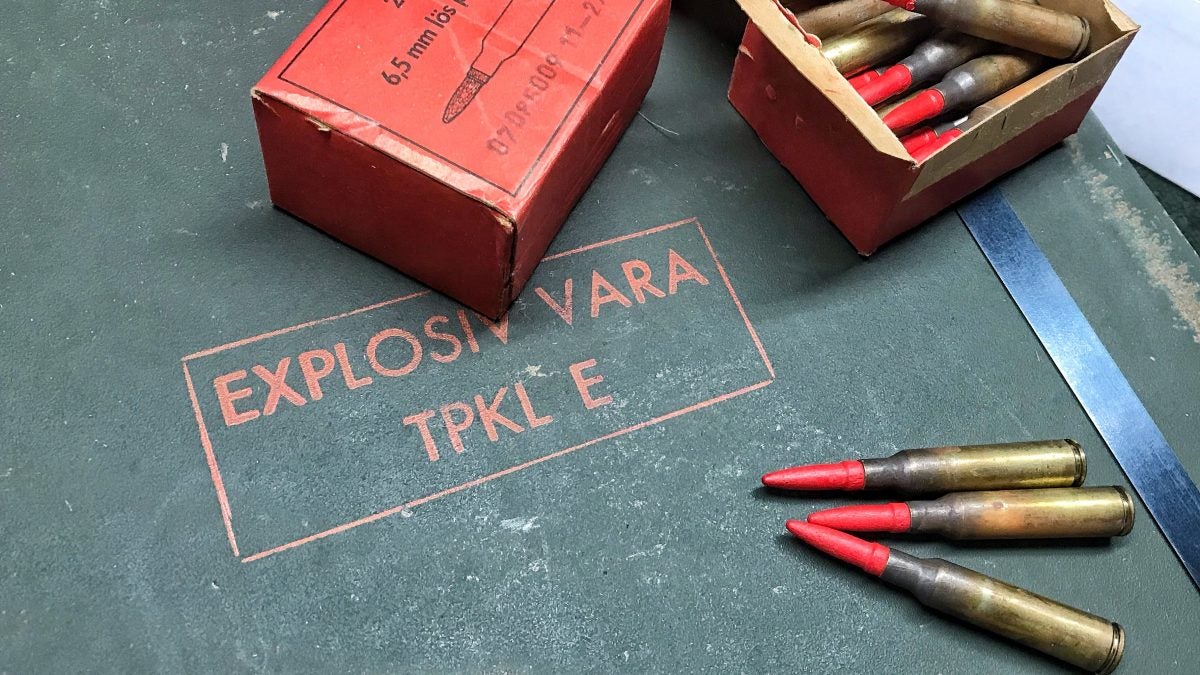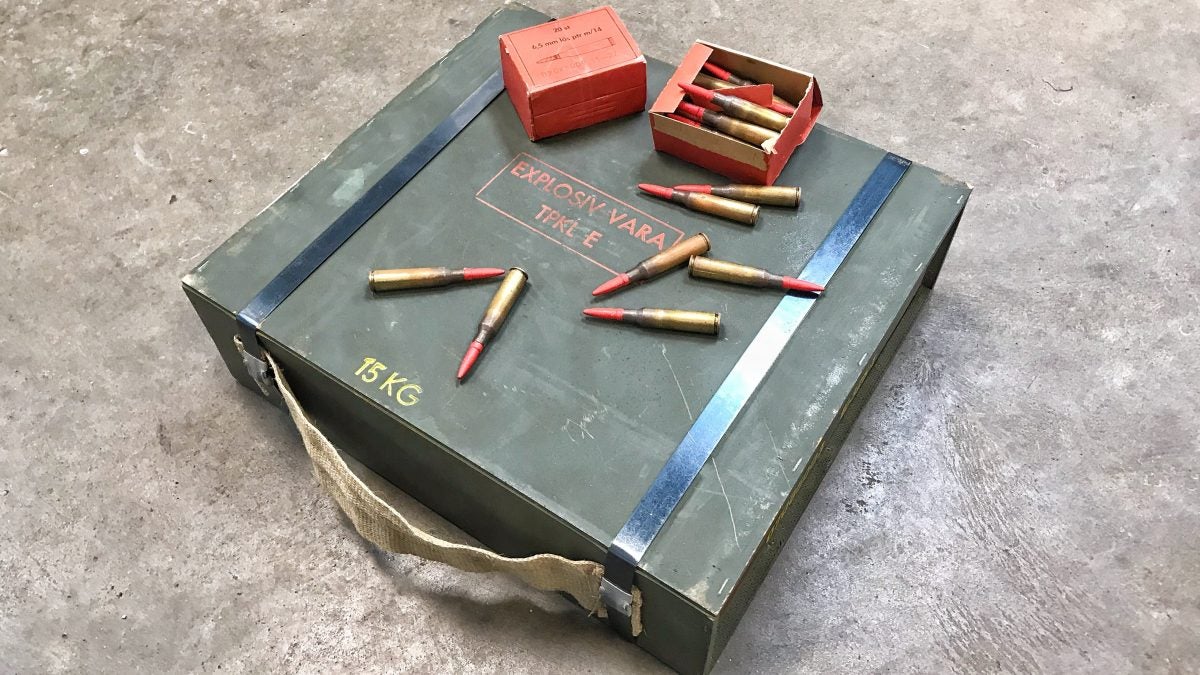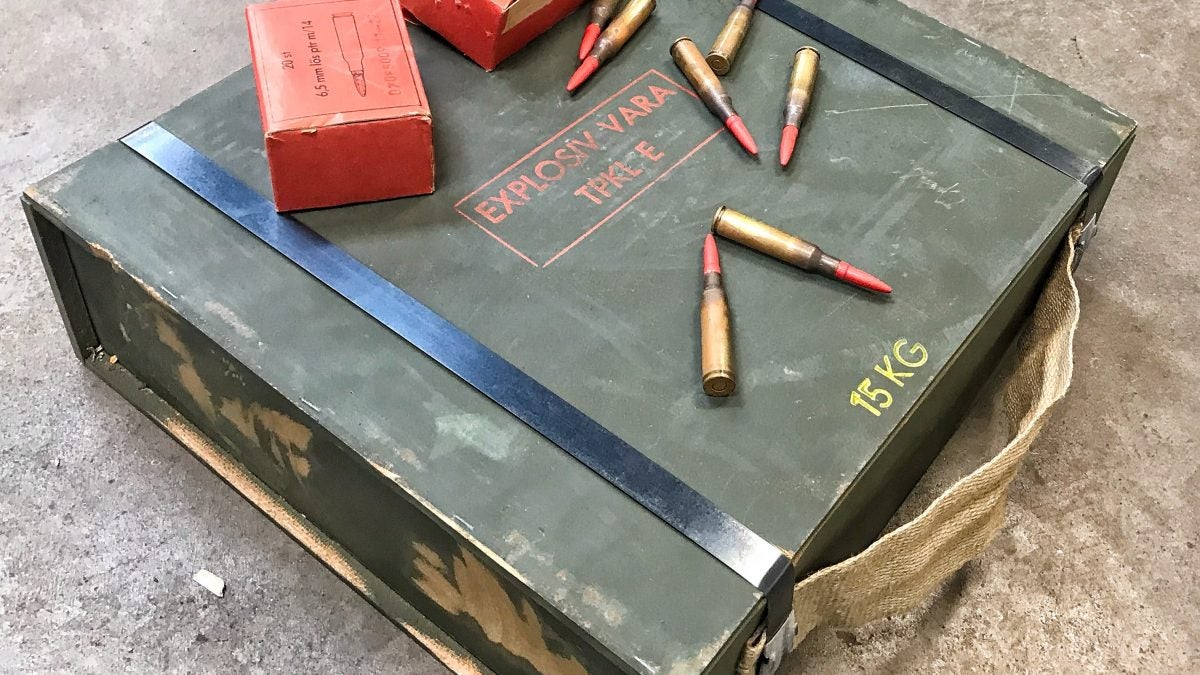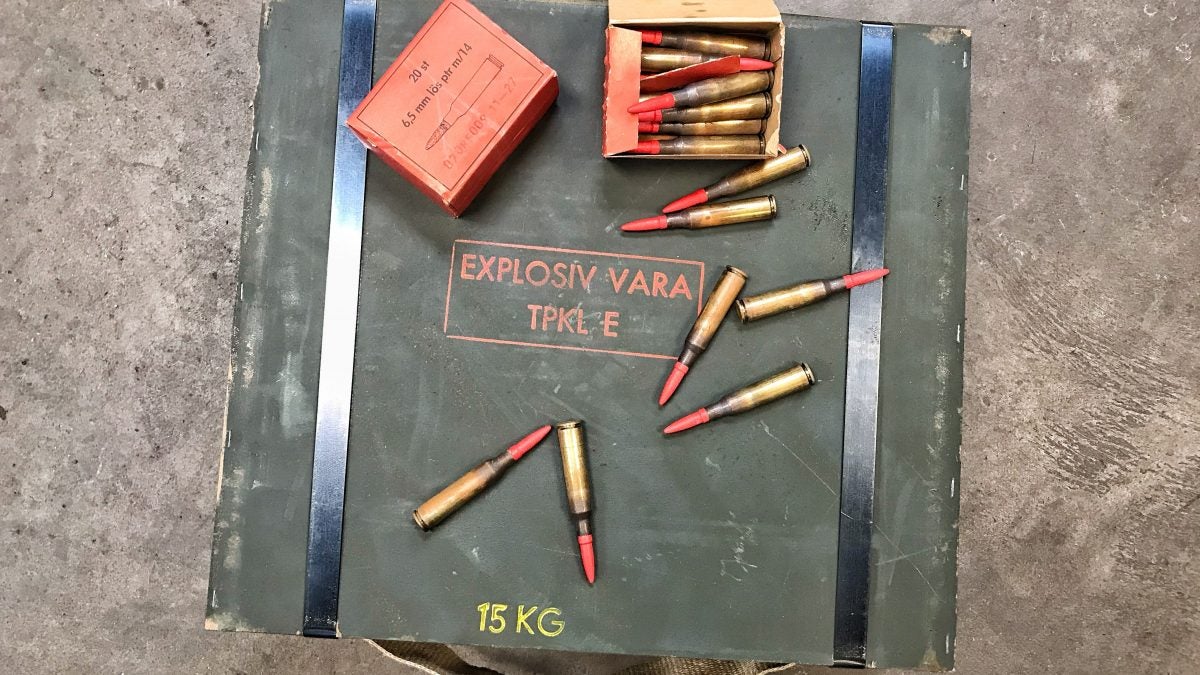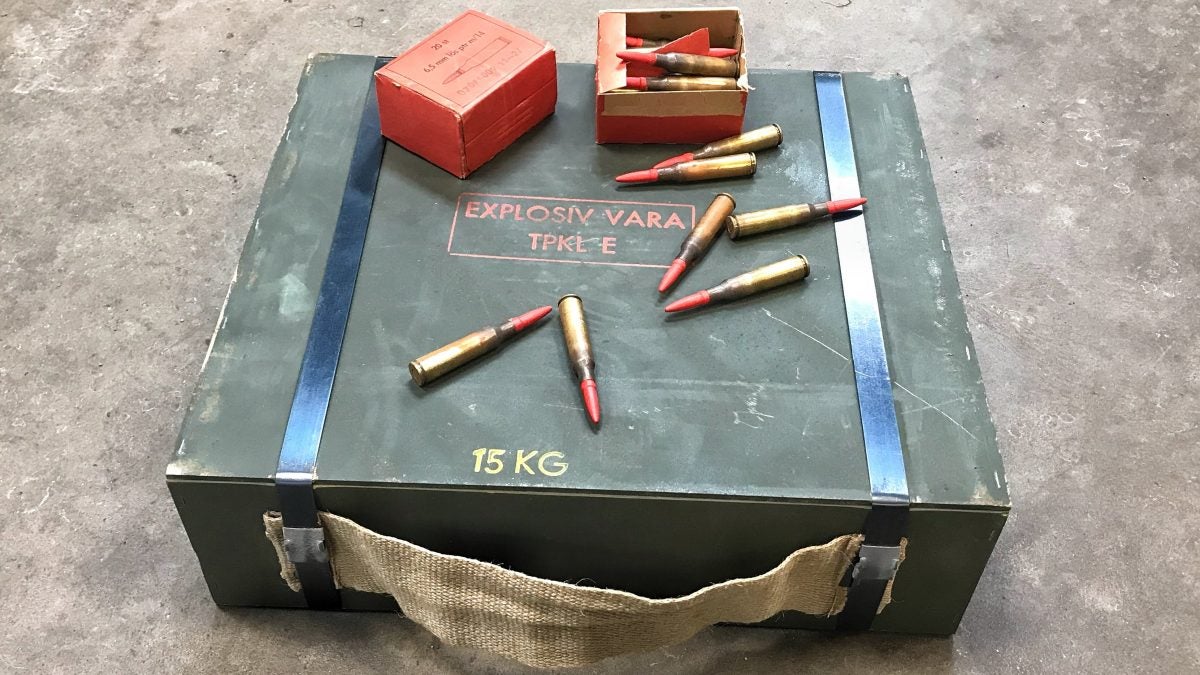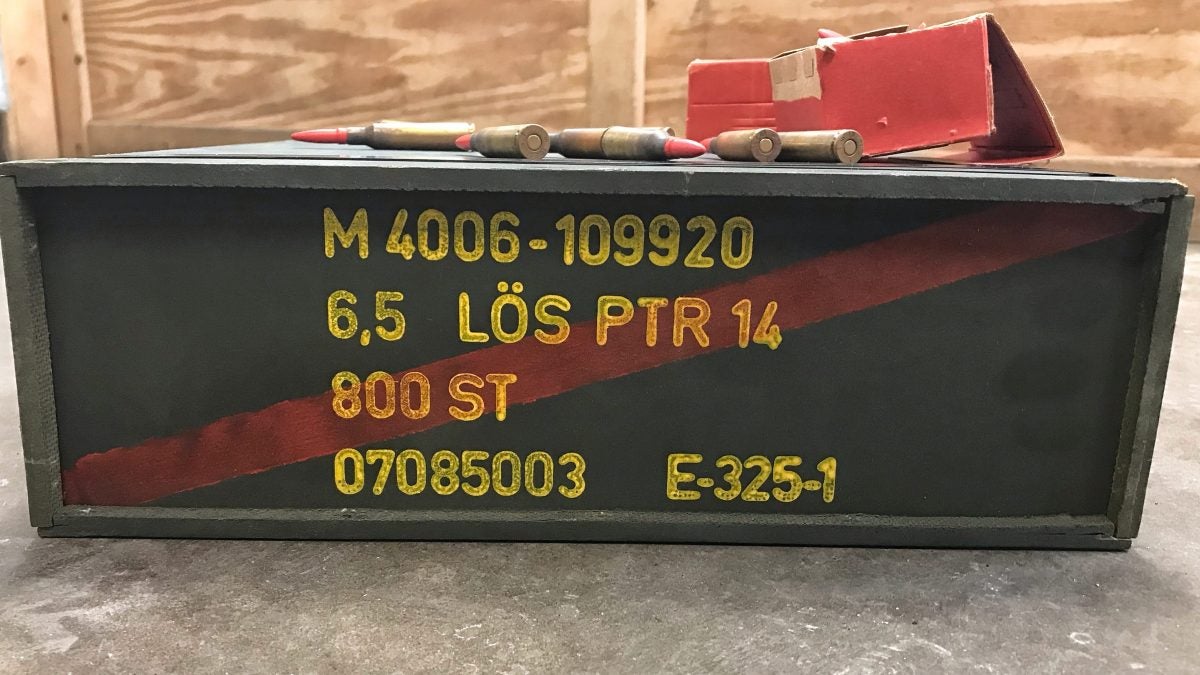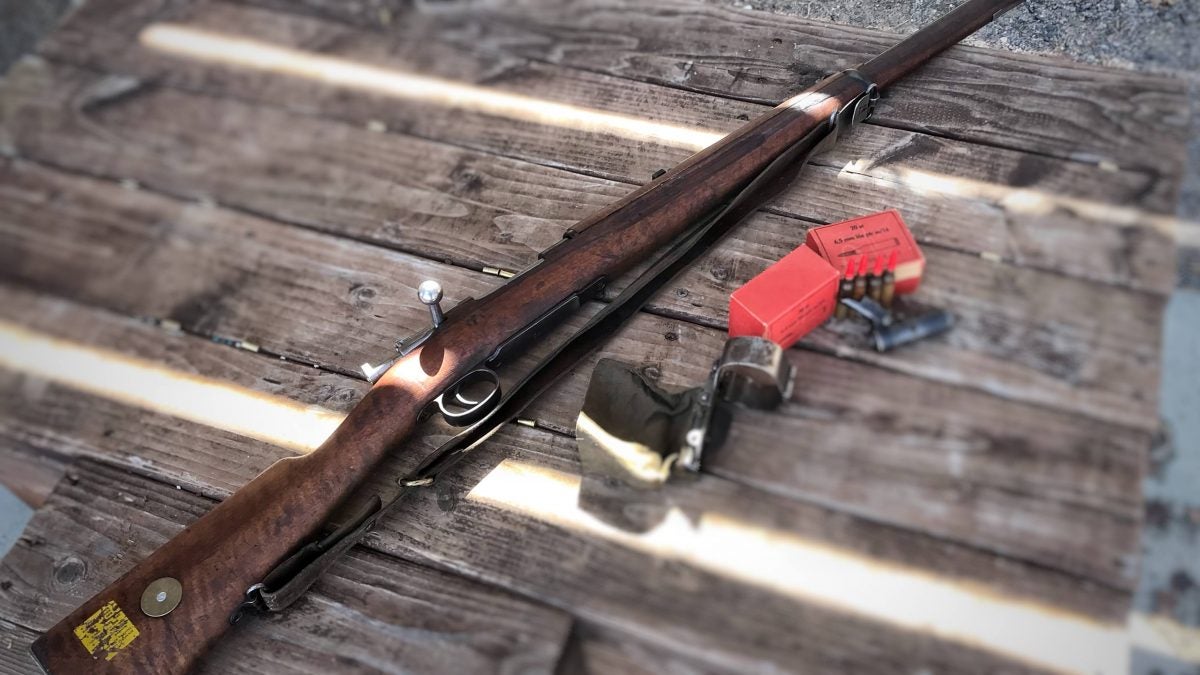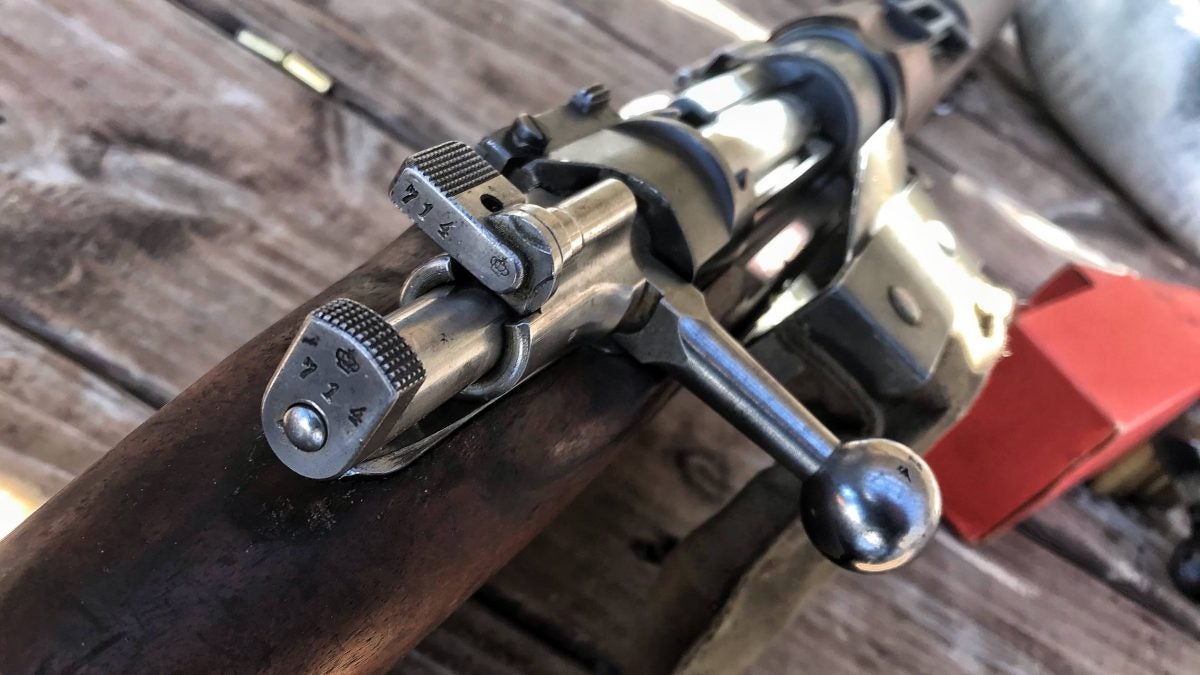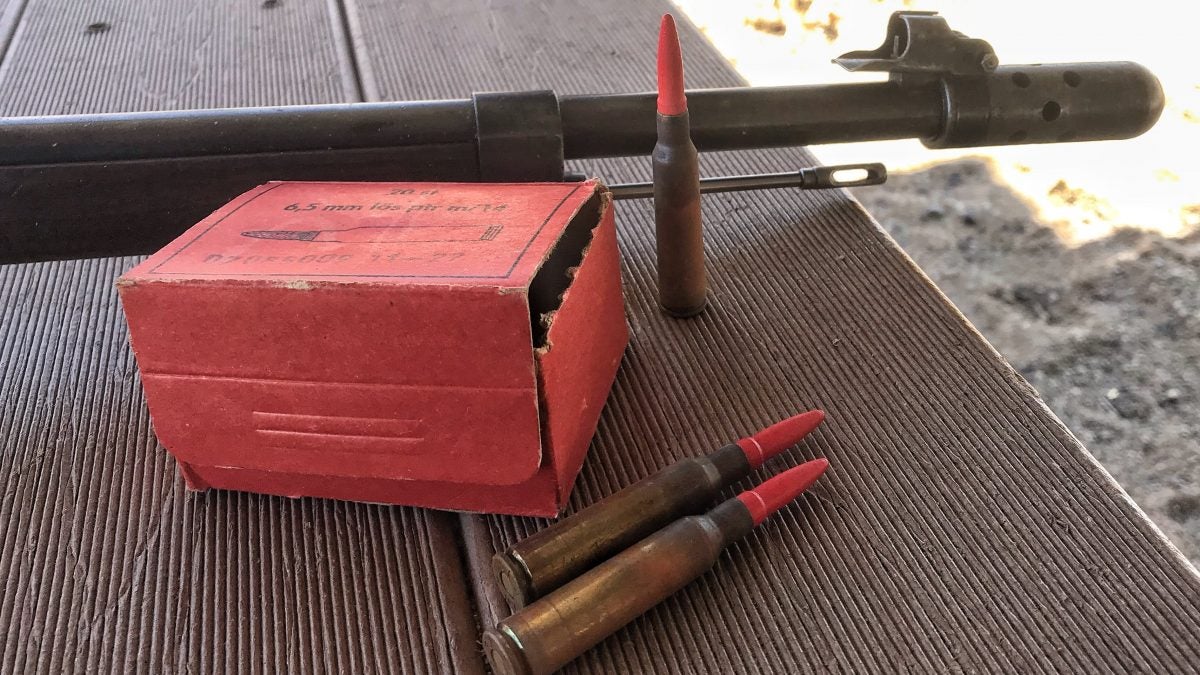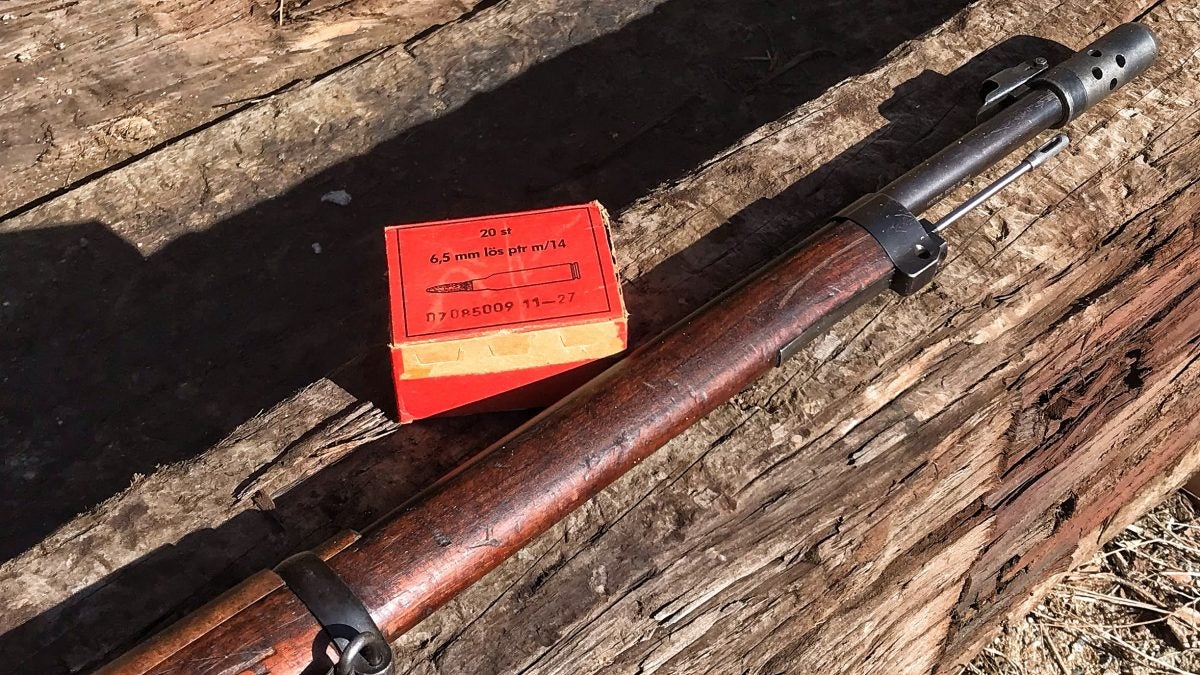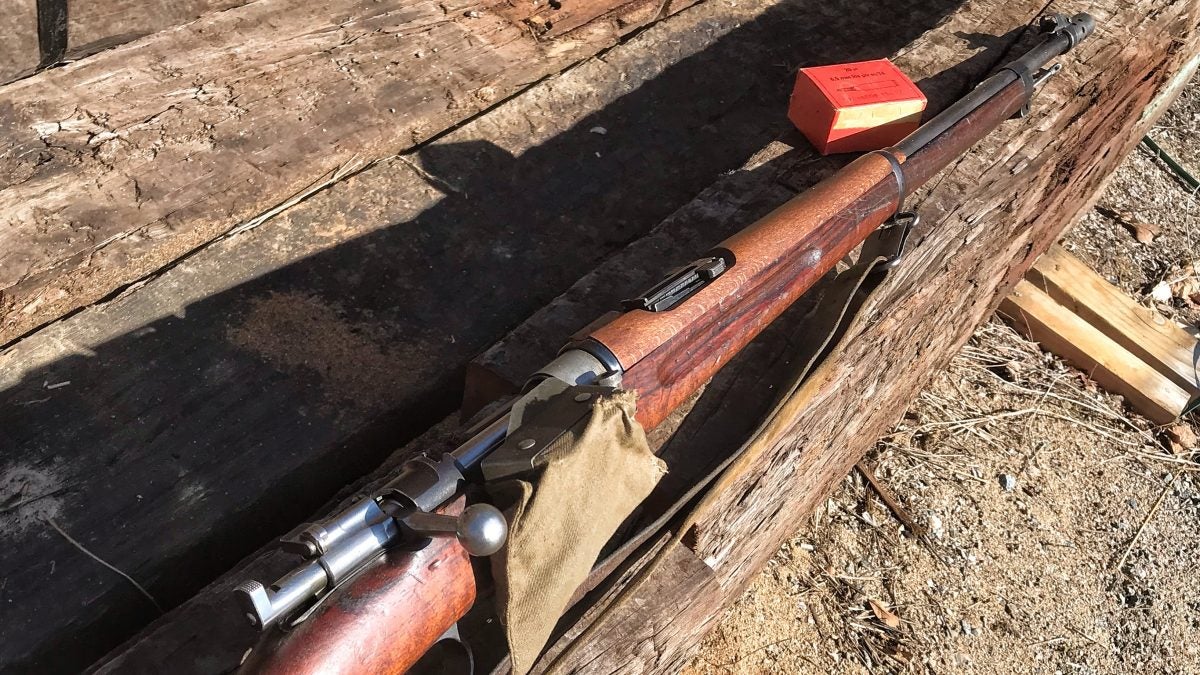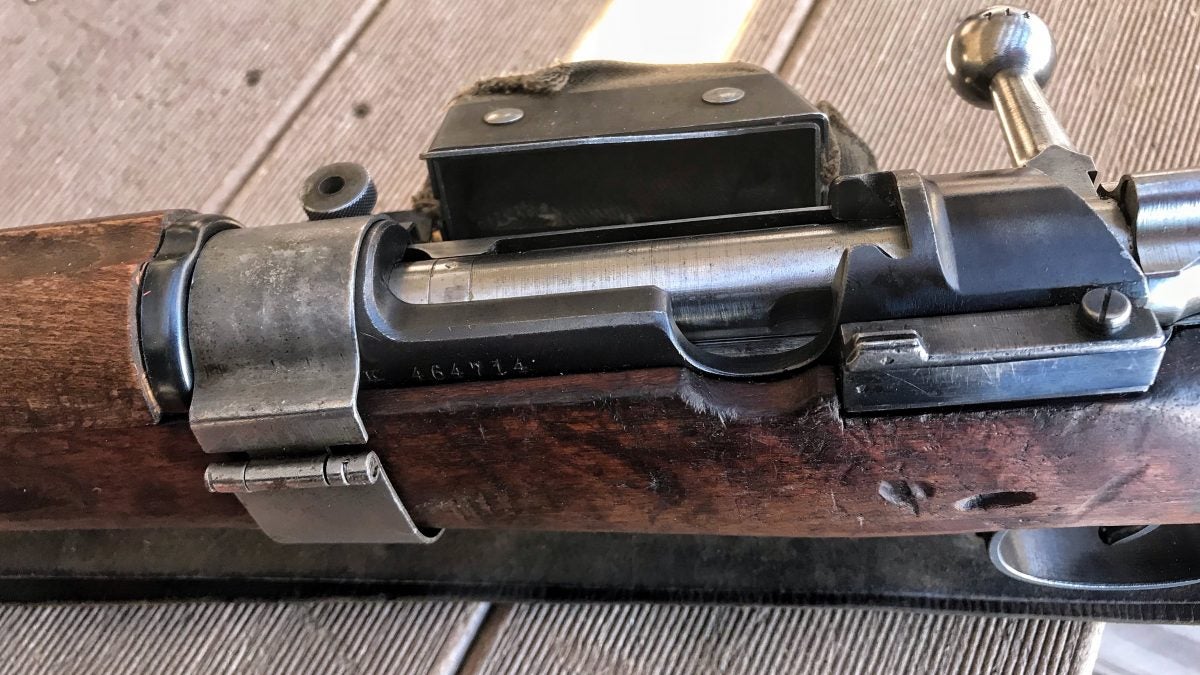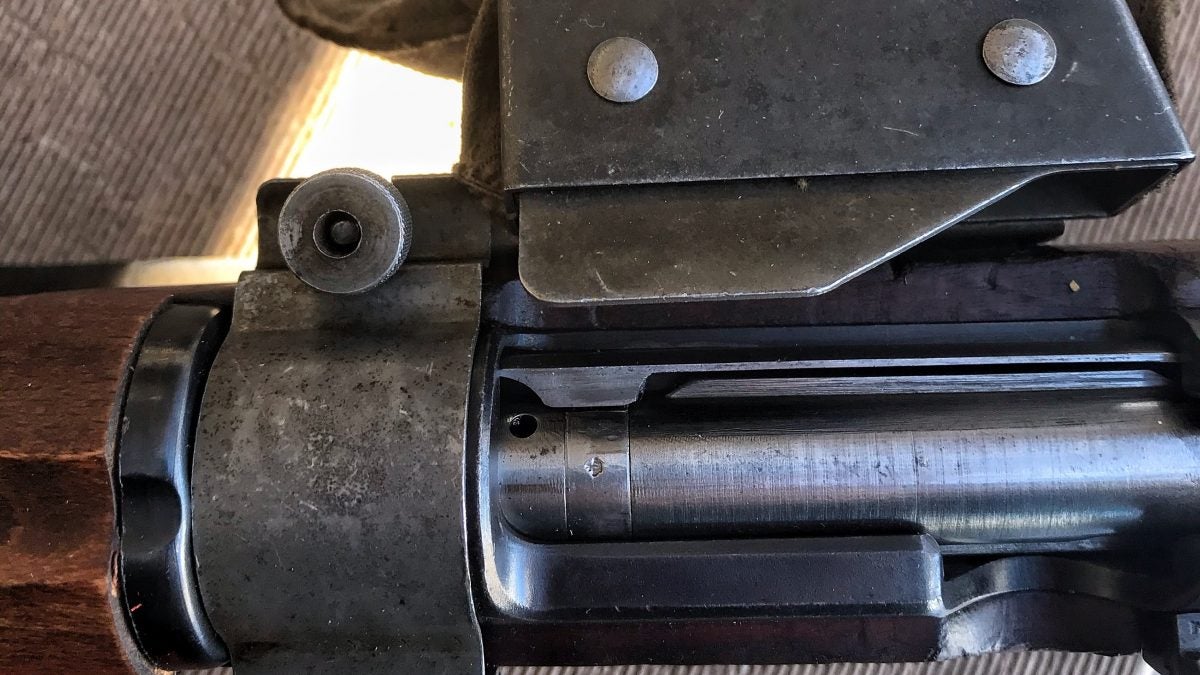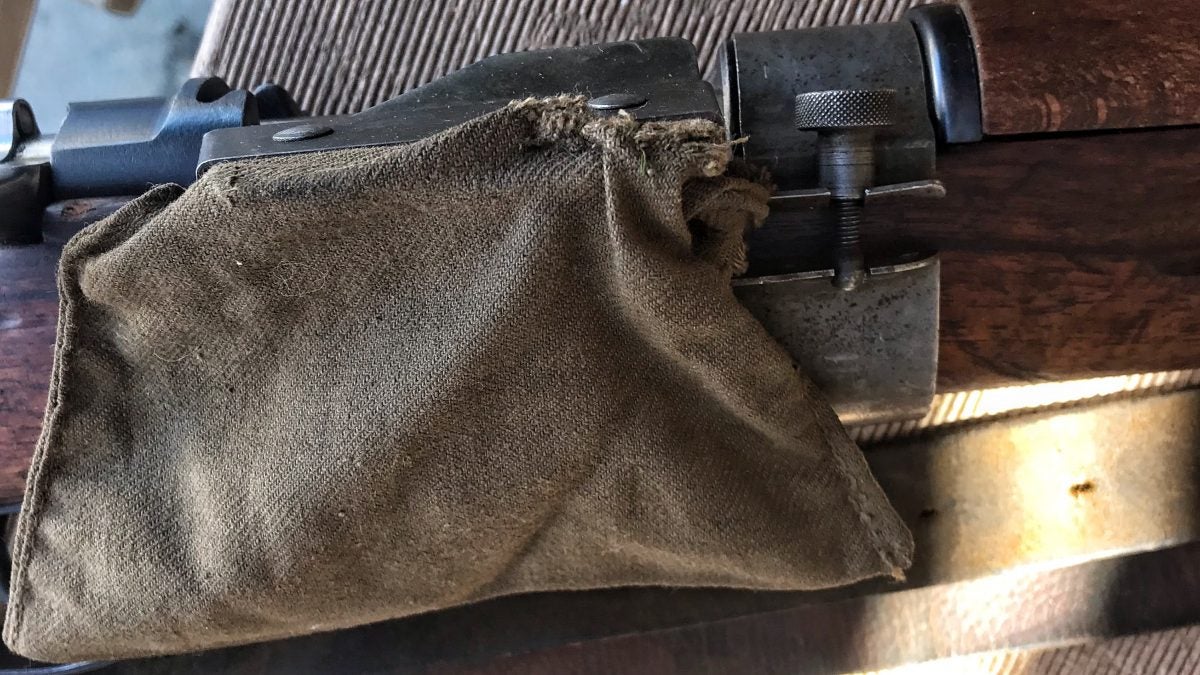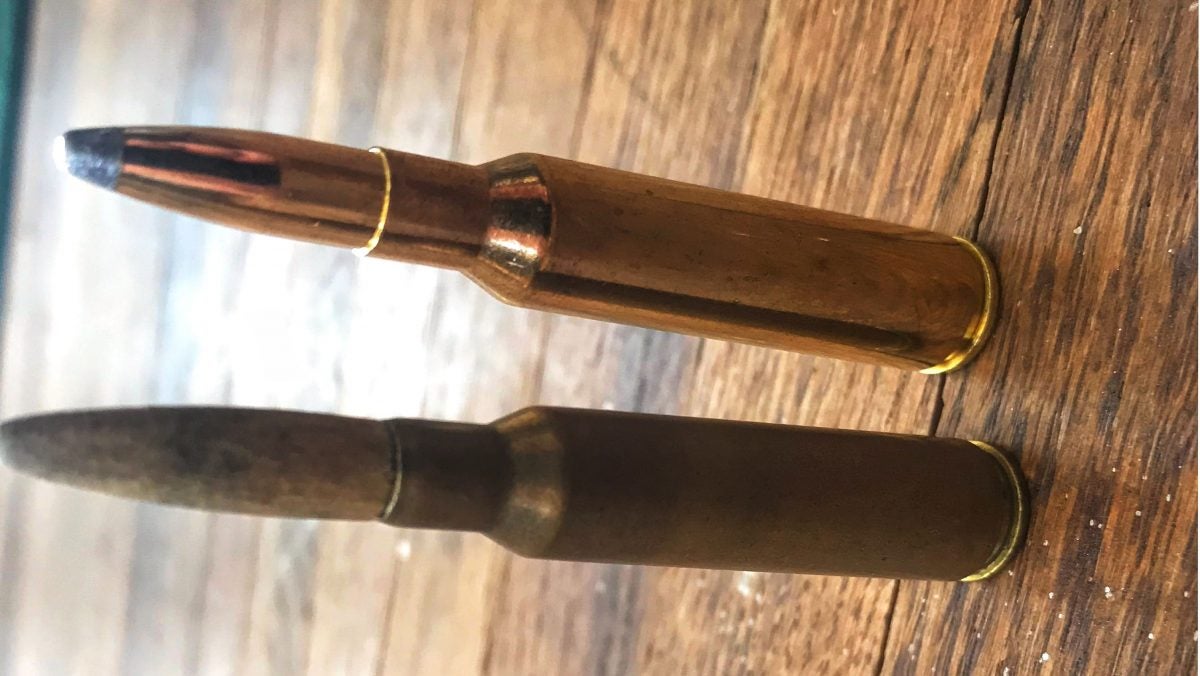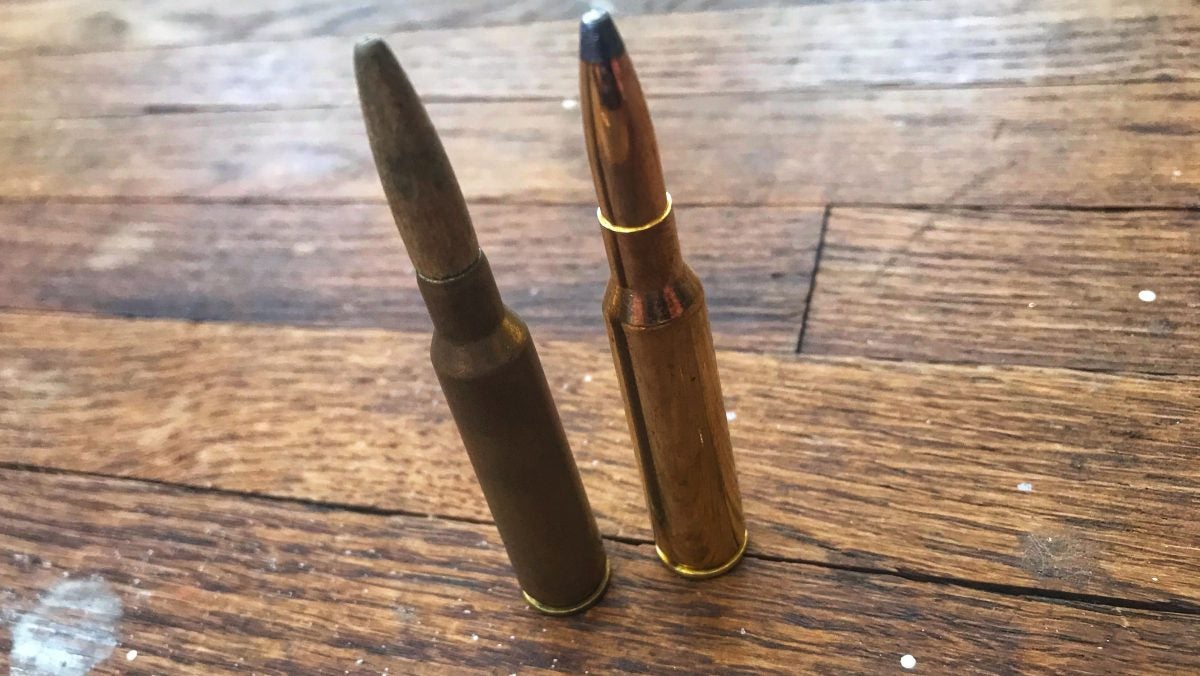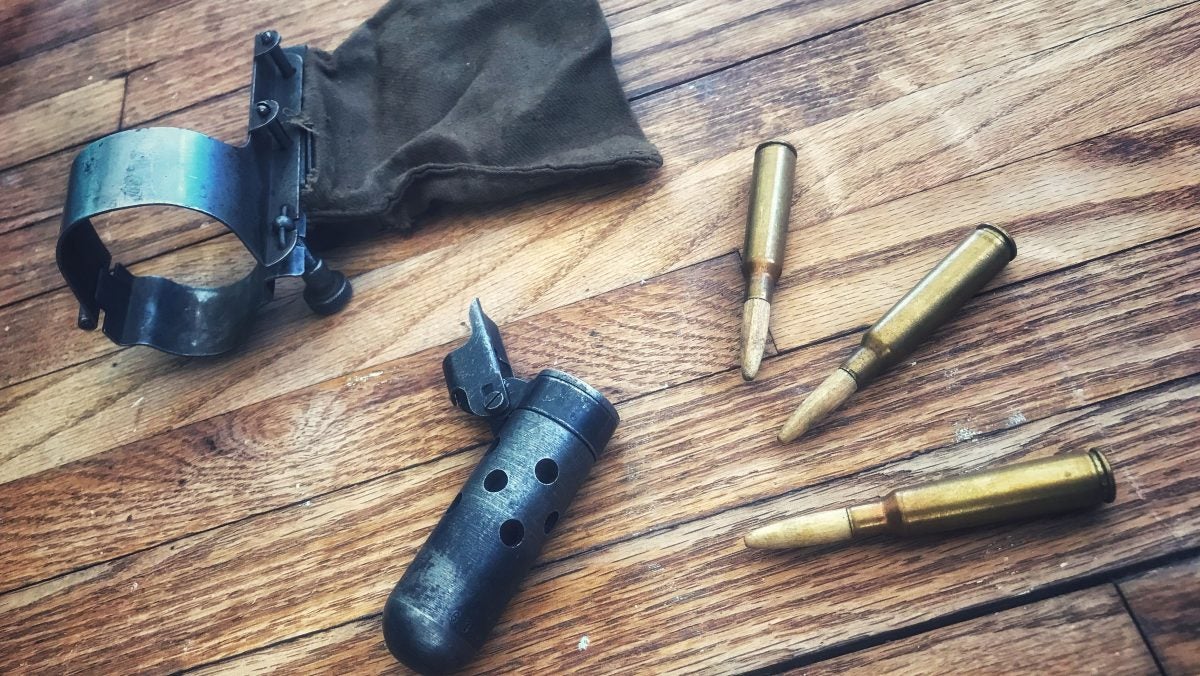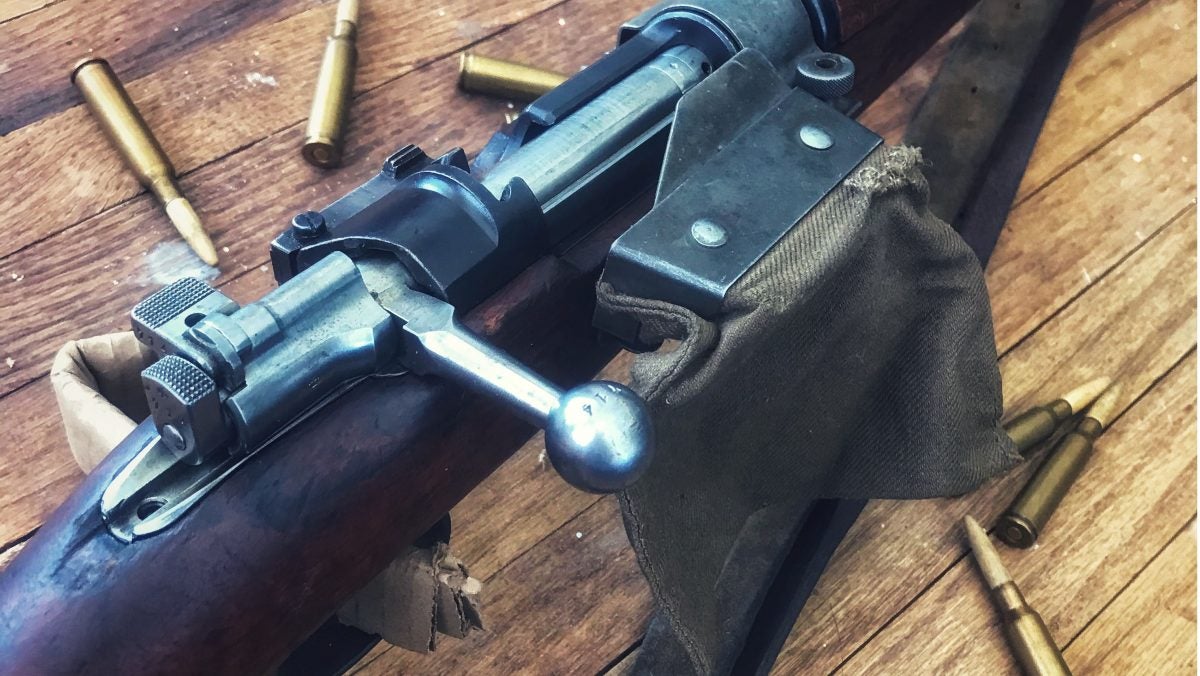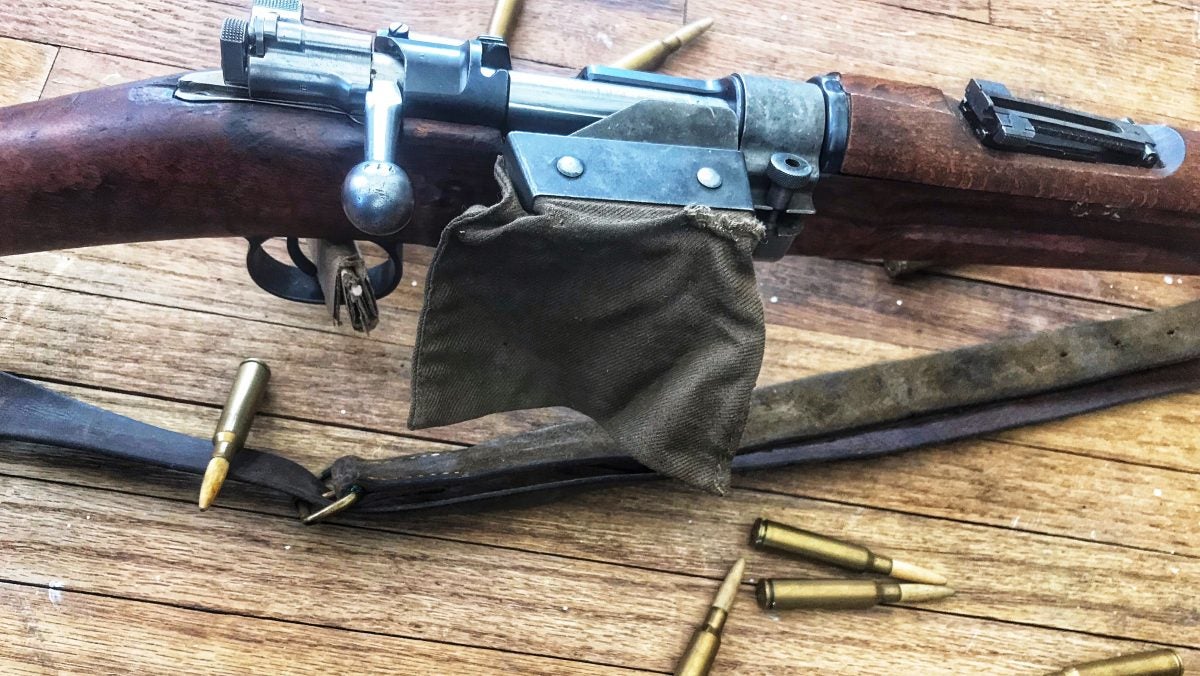Curious Relics #014: M96 Swedish Mauser Part IV – Wooden Bullets
Sam.S 06.02.21
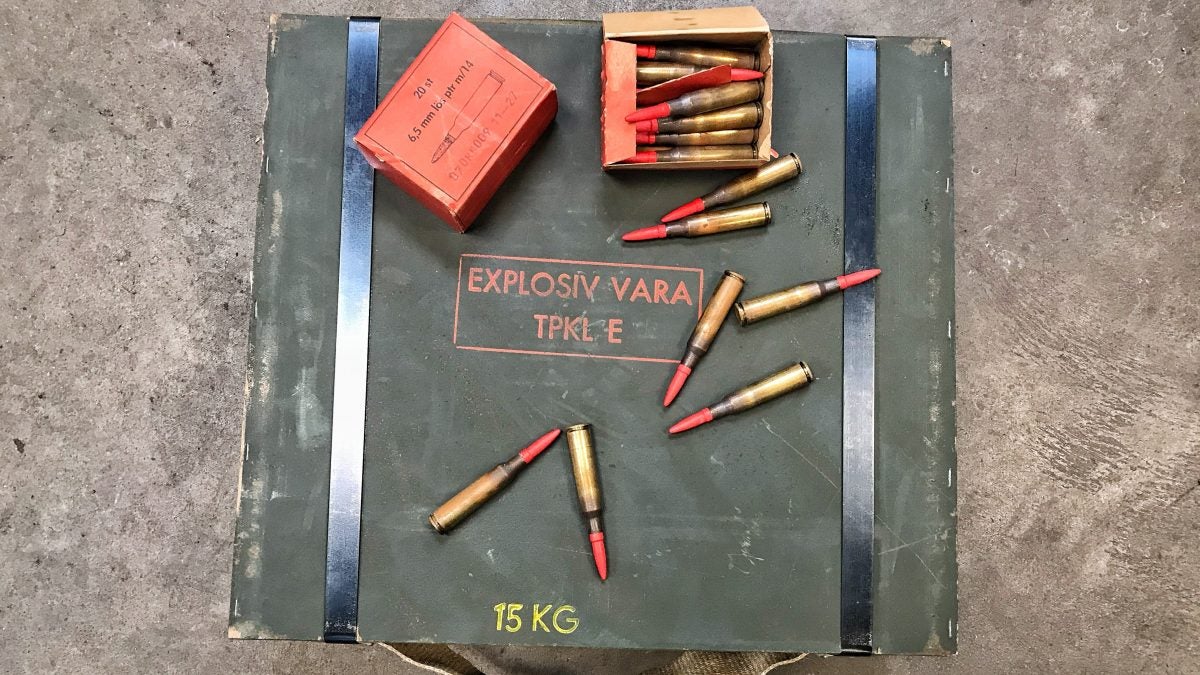
Welcome back to everyone who has been following along so far and also welcome if you are new to our Curious Relics bi-weekly segment here at AllOutdoor! The last time around I covered Part I, Part II, and Part III of the M96 Swedish Mauser string of articles. So far we have covered the History, Variations, Specifications, Range Time, Aftermarket Parts and Accessories, and Stock Discs and Range Charts. This time around I am excited to present to you the first part of the finale! This time we are going over the wooden bullets and one other odd accessory to the M96 Swedish Mauser. Let’s dive right in!
Welcome to our recurring series of “Curious Relics.” Here, we want to share all of our experiences, knowledge, misadventures, and passion for older firearms that one might categorize as a Curio & Relic – any firearm that is at least 50 years old according to the ATF. Hopefully along the way you can garner a greater appreciation for older firearms like we do, and simultaneously you can teach us things as well through sharing your own expertise and thoughts in the Comments. Understanding the firearms of old, their importance, and their development which lead to many of the arms we now cherish today is incredibly fascinating and we hope you enjoy what we have to share, too!
A Lesson On Blanks: M96 Swedish Mauser
In all the world there are three major types of blanks. This includes crimped blanks (like a shotgun shell is crimped), wood projectile blanks, and blanks made to make noise for ceremonial use. The last one mentioned is usually capped with cardboard or lacquer sealer of some sort.
I have compiled three examples for you below. First (starting from the left) is an example of a crimped blank which is an M200 Mil-Spec 5.56 Blank. These specific crimped blanks are used to propel a soda can out of my Xproducts Can Cannon, but most crimped blanks, in general, are used in the military to propel rifle grenades or grapples. Next, is a wood blank which we will go into more depth next. Finally, on the right, we have a ceremonial blank in that of a 1909 Blank in 30-06 made for rifle salutes and blank fire devices.
6.5×55 m/14 Wooden Bullets/Blanks: M96 Swedish Mauser
Going back to the Swedish Mausers specifically, all sorts of ammunition was produced in the name of repetition and practice. The wooden bullets in question are often the topic of speculation when they do not have to be. Allow me to happily elaborate. The Swedish Lös Patron m/14 wooden blanks are blanks made with once fired brass and a wooden projectile. The initial extremely early examples of wooden bullets were painted pink and green (I have some that have lost all color). A vast majority found nowadays are very red.
These wooden bullets/blanks were made to be used in conjunction with the blank fire device called Lösskjutningsanordning. The idea of using wooden bullets/blanks over any other form of blank is mainly reliable feeding. This way the wooden projectiles helped feed in the blanks while also being able to make a loud boom to train troops to get used to the noise. No grand mystery here! Not to simulate recoil via mass exiting the bore (there is no recoil), not to cause splinters and by proxy unnecessary suffering, and especially not vampire hunting. I made that last conjecture up, but someone out there has to have wondered. These wooden bullets/blanks were forbidden to be used in the sniper variant of the M96 Mauser mentioned in Part I.
Note: The crate of Swedish Lös Patron m/14 wooden blanks below contains wooden blanks with a headstamp that seems to indicate they were made in 1985. As a result, the rest of the blank ammunition depicted in this article (besides the pointless ones) is newer than appears or may be portrayed. Swedish 6.5×55 headstamp information is available here.
As seen in the picture below we have a crate of 800 rounds of Swedish Lös Patron m/41 wooden blanks. These crates are banded together and once the band is broken the boxes basically fall apart. Inside the crate is four plastic packs with 10 boxes of 20 rounds inside those packs (a total of 200 rounds).
I purchased these blanks from J&Gsales.com and though I cannot really attest to their customer service or how they handle their business I believe what I received was very fair. In my order, I asked politely if they could send them in the crate if they had some and they did. Unsure if they would do this regardless since I ordered more than 800rds. The cost for the blanks is super reasonable, but to get them shipped from Arizona to Minnesota was brutal in comparison.
A major perk of these blanks is that you can remove the wooden bullet very easily, pour out the powder (do not reuse!!!), and then you have a Berdan primed brass case ready to be reloaded for plinking ammo. I do not recommend anyone do this, but it is a thing I have seen and heard being done. Treat these blanks (and their primers) as corrosive and properly maintain your firearm after use.
I highly recommend cleaning your bore before shooting live ammunition. Debris left in the bore can cause a bore obstruction when used with live ammunition.
Besides live ammunition, there was dummy ammunition made which were called laddblindpatroner and would usually be made of brass. Early examples (M19) sported the round nose bullet and came in a plated finish or a “blackened” finish. Later ones called the M41 were plated brass cases with two grooves on them and green spitzer bullets.
Thrifty Swedes – Brass Catcher: M96 Swedish Mauser
As stated earlier the Swedish military demonstrated efficiency with using once-fired brass for blank ammunition. These thrifty Swedes produced accessories to aid in outfitting the average trainee with a fast way of collecting brass. Here we have their brass catcher! The Hylsfångare (spent cartridge collector) was not something used frequently in the military and spent cases were often donated or sold to sporting clubs and shooting societies. I did use it at the range when working with both live ammunition and blanks and it worked very well and would become full after around 20 shots.
These brass catchers utilize a hinged oval of metal acting as a clamp. The clamp is clamped around the ring of the receiver and tightened with the aid of a knurled screw. The bag itself is a coarse cloth attached to a metal tunnel in which cartridge cases bounce down and in.
End of Part IV: M96 Swedish Mauser
To be honest this article specifically was intended to close out the M96 Swedish Mauser string of articles. Due to word count, I had to split this finale once more into two separate parts ,(this being the first). The next Curious Relics article will be the last regarding the M96 Swedish Mauser but I promise it’ll go out with a bang! See you there!
In closing, I hope our Curious Relics segment informed as well as entertained. This all was written in hopes of continued firearm appreciation and preservation. We did not just realize how guns were supposed to look and function. It was a long and tedious process that has shaped the world we live in. So, I put it to you! Is there a firearm out there that you feel does not get much notoriety? What should our next Curious Relics topic cover? As always, let us know all of your thoughts in the Comments below! We always appreciate your feedback.
